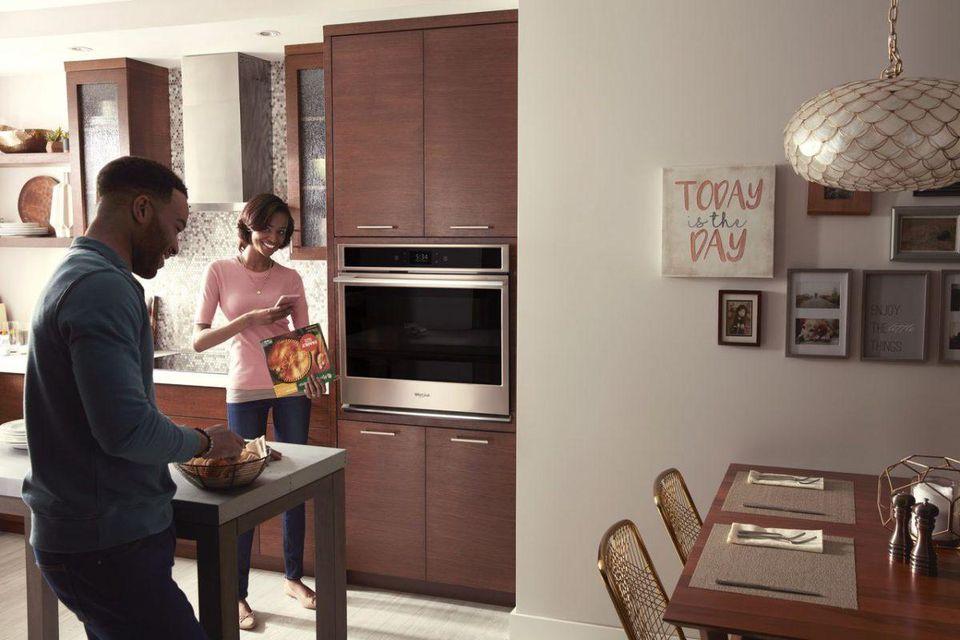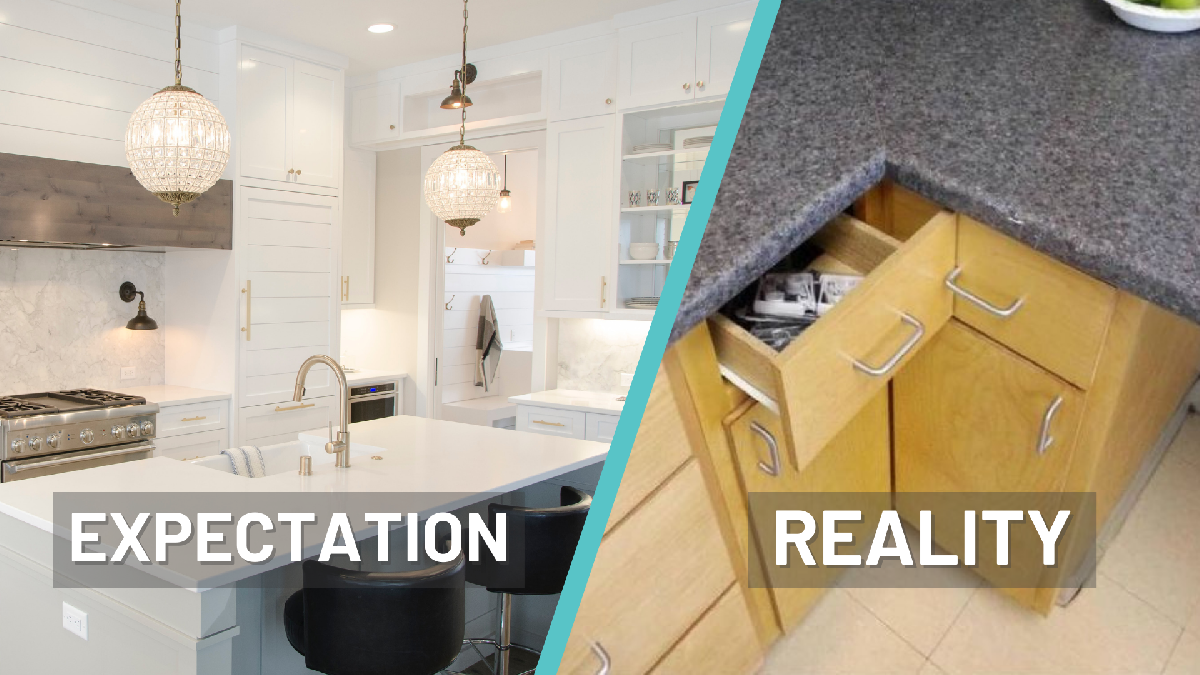Artificial intelligence is coming to your kitchen and bath. How will it change how you live? "The first two types of artificial intelligence that are now in use are voice recognition and image recognition," observes Scott Koehler, a North Carolina-based technology and kitchen design professional. People are using smart speakers to accomplish things in and around the house, he points out, and major manufacturers like Moen, Bosch Home Appliances, Kohler, Thermador and others are integrating their capabilities into new products.
Voice control is being used for hands-free faucets, which you can now instruct to pour exactly one cup of water when you're cooking, for example, and in kitchen and bath lighting. You can ask your Alexa-connected bathroom mirror to play your favorite newscast as you get ready for work. You can use voice control to start your shower while you brush your teeth, pausing the stream when it hits the temperature you previously set as a preference.
"Kohler has the voice-enabled toilet. Most people would say, why do I need voice activation to flush the toilet," ponders New Jersey-based technology consultant Ryan Herd, author of Join the Smart Home Revolution and a National Kitchen & Bath Association NKBA Insider. "If I can walk by the bathroom after my son did not flush the toilet, I can voice activate flush. Now, can I go over there and push the handle down? Absolutely. But I don't get up any more to turn the channel on my TV," Herd muses.
"Let's talk about people who really need this feature - our wounded warriors, the elderly," he reflects. "To get up and sit down is a hard enough task. Now turning around and holding that handle down is yet another. If we can make life just a little bit easier, allowing them to use their voice, that's a home run." Herd predicts both AI's increasing popularity and its potential for older and disabled homeowners who want to retain their capability of independent living.
"If I had AI in a home, it knows I get up every day at 5 a.m., it knows I go to the bathroom and put my contacts in and brush my teeth; if it sees that over time, why do I need to interface my environment? It's the value of my time. That's where AI and smart home [technology] are really going to come together and provide value to the consumer."
Offering another example of AI's potential, Herd recalls, "At the builder show, one of my favorite things was Josh AI [smart home system] connected to the Thermador cappuccino machine. I love my cappuccinos. So to be able to get up in my bedroom, and say, 'Hey Josh, start me a cappuccino,' and it starts it up, and by the time I get [to the kitchen], I have a nice, hot cappuccino made just the way I like it. AI gets to the point where I get out of bed and it knows I like cappuccino ready when I get down there." AI further allows his systems to start thinking for him, he says, connecting with his work calendar, Google maps, traffic and weather reports to make sure the cappuccino is ready just when he needs to leave for work that particular stormy or road-obstructed morning.
The other component of AI, image recognition, encompasses features like image or facial recognition, designer Koehler explains. "Image recognition is now being used by companies that manufacture smart doorbells. There's a digital camera in the doorbell that recognizes homeowners' faces and lets them in," he shares. That same technology could be used in the future to keep children from turning on a stove burner, for example. Bar codes or QR codes on frozen foods can already be read by some ranges, wall ovens and microwaves to simplify cooking instructions. Whirlpool is one major brand offering this feature.
While early forays into technology for kitchen and bath products manufacturers brought bells not worth whistling over, the proliferation of smart speakers and voice control have created new reasons for being - and buying.
.jpeg)









.jpeg)

